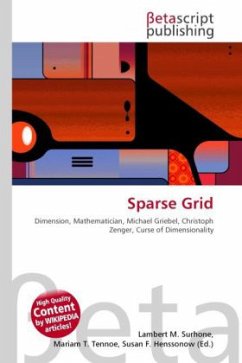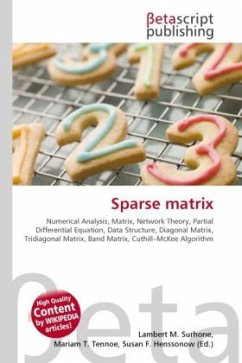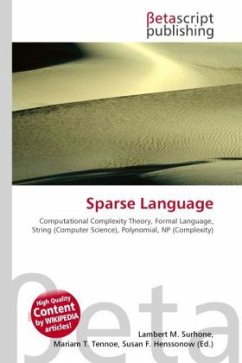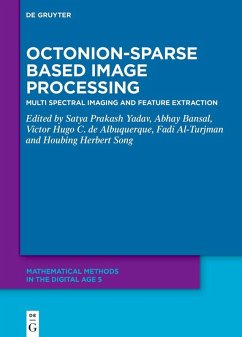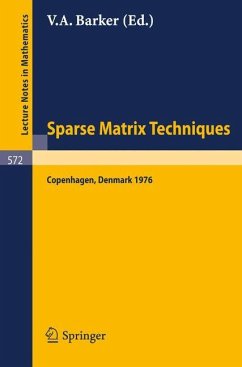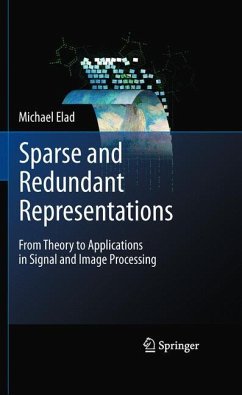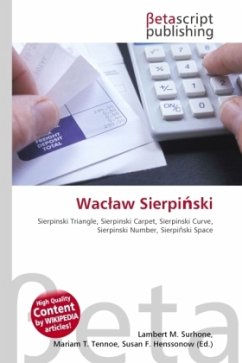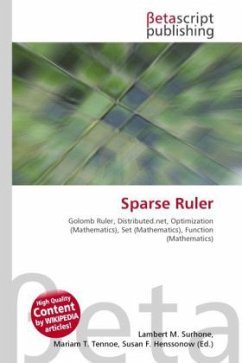
Sparse Ruler
Versandkostenfrei!
Versandfertig in 6-10 Tagen
26,99 €
inkl. MwSt.

PAYBACK Punkte
13 °P sammeln!
High Quality Content by WIKIPEDIA articles! A sparse ruler is a ruler in which some of the distance marks are missing, yet which allows you to measure any integer distance up to its full length. More abstractly, a sparse ruler of length L with m marks is a sequence of integers a1,a2,...,am where 0 = a1 a2 ... am = L. The marks a1 and am correspond to the ends of the ruler. In order to measure the distance K, with 0 = K = L there must be marks ai and aj such that aj ai = K. A sparse ruler is called minimal if there is no sparse ruler of length L with m 1 marks. In other words, if any any of the...
High Quality Content by WIKIPEDIA articles! A sparse ruler is a ruler in which some of the distance marks are missing, yet which allows you to measure any integer distance up to its full length. More abstractly, a sparse ruler of length L with m marks is a sequence of integers a1,a2,...,am where 0 = a1 a2 ... am = L. The marks a1 and am correspond to the ends of the ruler. In order to measure the distance K, with 0 = K = L there must be marks ai and aj such that aj ai = K. A sparse ruler is called minimal if there is no sparse ruler of length L with m 1 marks. In other words, if any any of the marks is removed one can no longer measure all of the distances. A sparse ruler is called maximal if there is no sparse ruler of length L + 1 with m marks. A sparse ruler is called optimal if it is both minimal and maximal. Since the number of distinct pairs of marks is m(m 1) / 2, this is an upper bound on the length L of any maximal sparse ruler with m marks. This upper bound can be achieved only for 2, 3 or 4 marks. For larger numbers of marks, the difference between the optimal length and the bound grows gradually, and unevenly.



